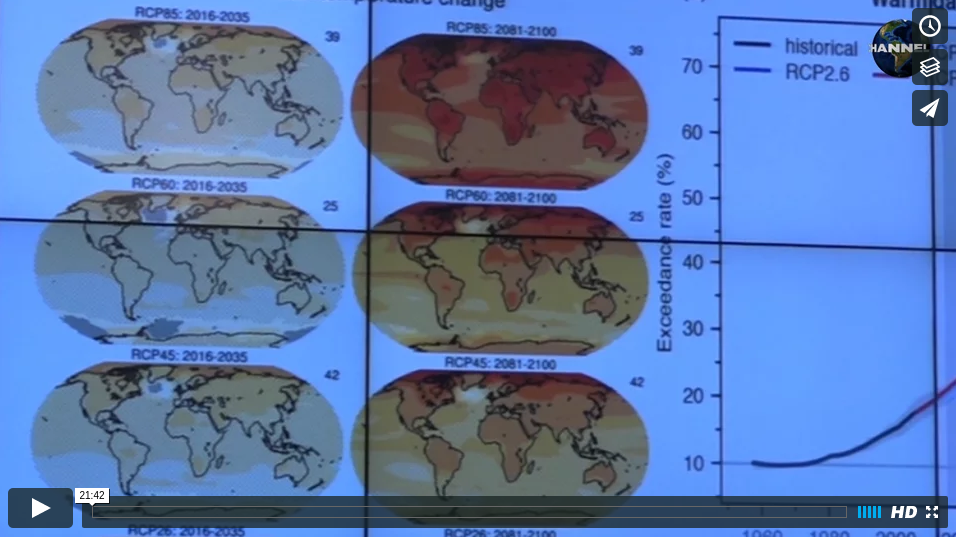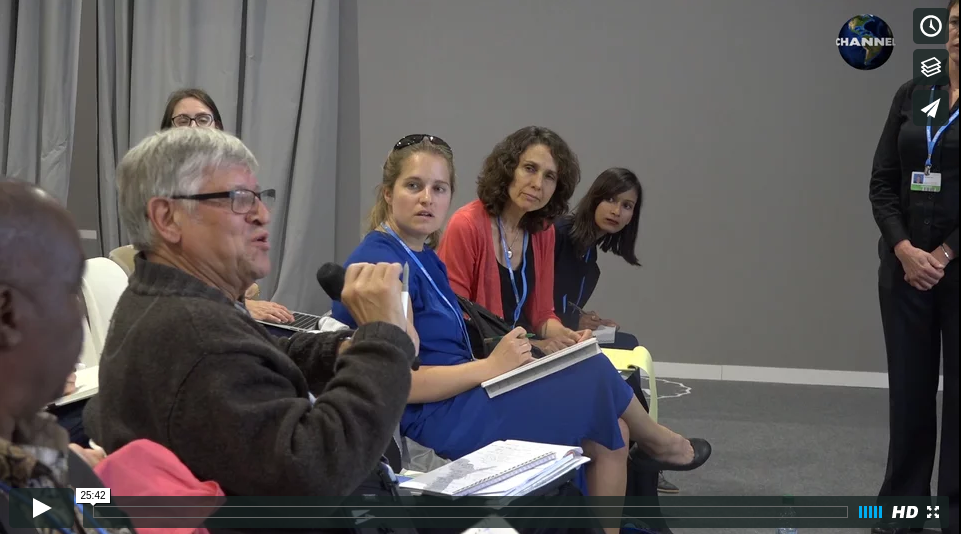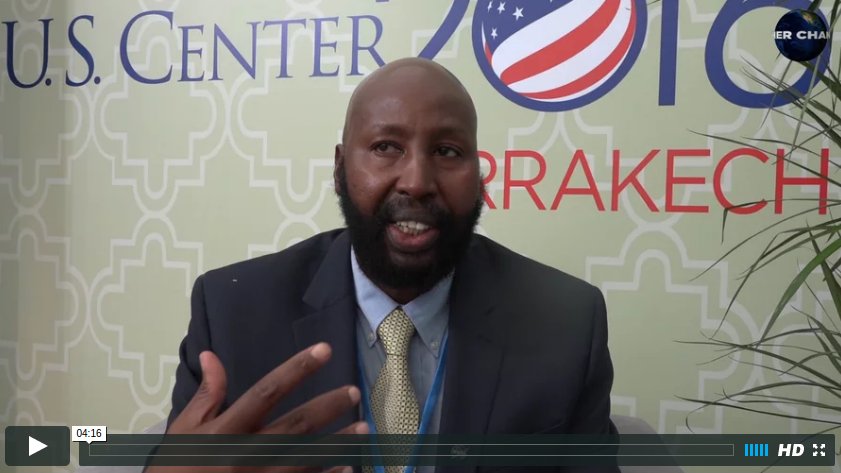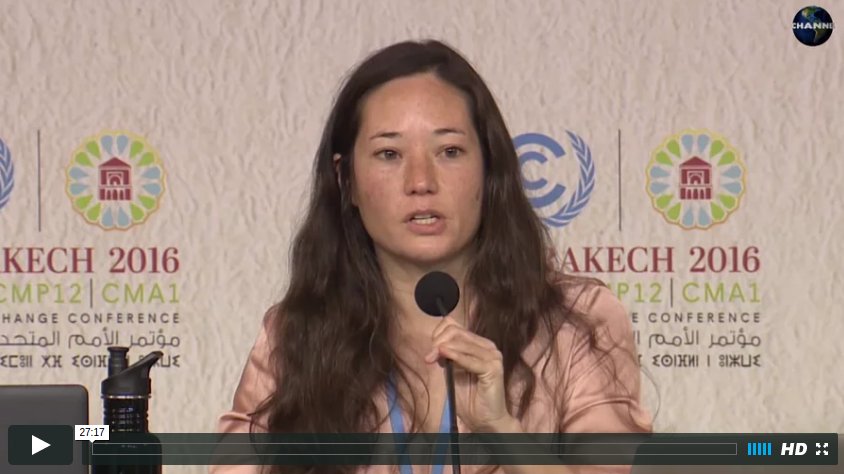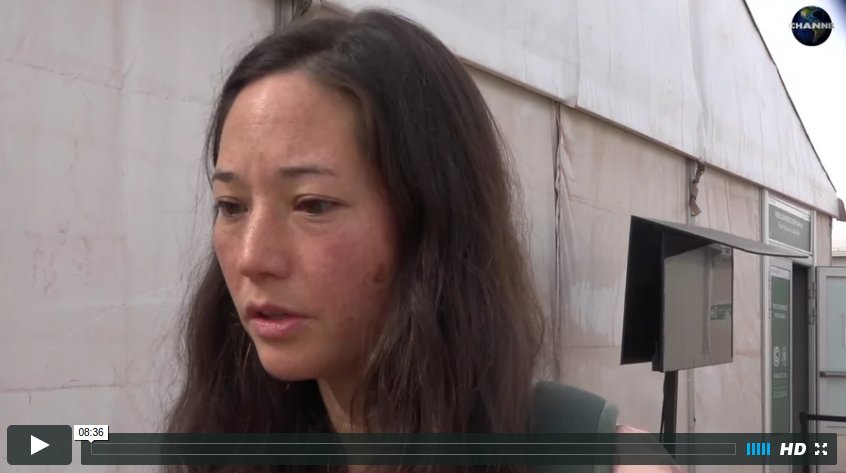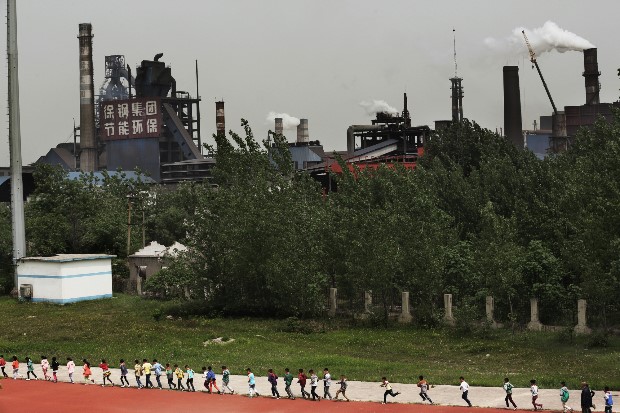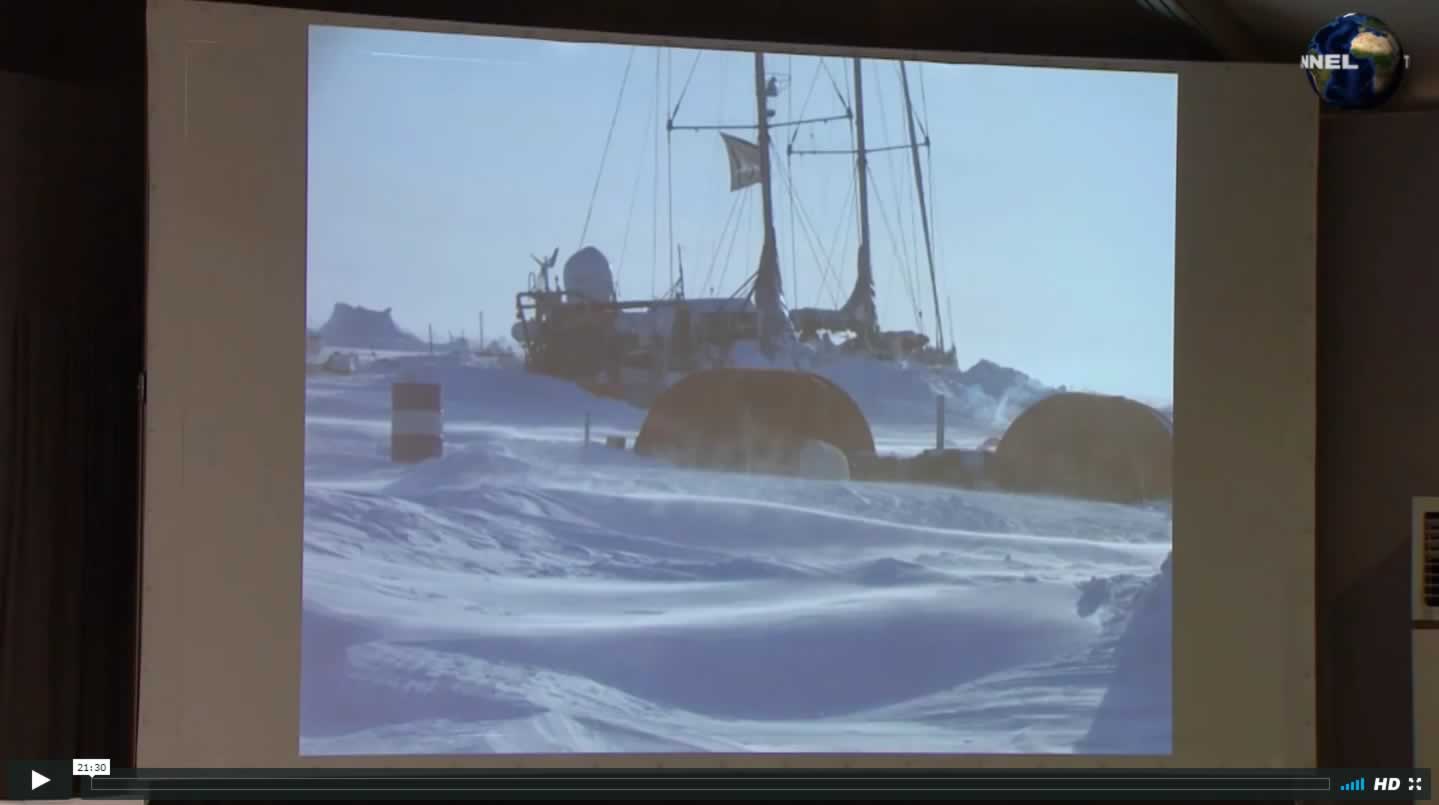- Live Stream
- Climate Change
- ENN
- Environmental Info
- Green Business
- Green Solutions
- Beautiful World
- Categories
- Articles
- Arctic & Glaciers
- Polar Regions and Glacier Reports
- Ethical Dimensions
- Global Warming
- Peatlands & Wetlands
- ENN – The Environmental News Network
- Agriculture
- Chemicals
- Conservation
- Fish Crime
- Forests
- Health
- Mountains
- Oceans
- Energy
- Money
- Green or Gone
- Nutrition
- Permaculture
- Various Solutions
- Powerful
- Watch This
- Water
- Breaking News
- Series ENN
HomeClimate ChangeGlobal WarmingDr. Ali Omar Interview ~ Negative Environmental Impacts of Acidification
Dr. Ali Omar Interview ~ Negative Environmental Impacts of Acidification
In an exclusive interview with Mother Channel, NASA’s Dr Ali Omar (Research scientist at Chemistry and Dynamics Div. of Langley Research Centre) talks about his presentations on Air Quality and the impact of Air Quality on global Health, in terms of Acid Rain and Ocean and Soil Acidification, at at COP 22, Marrakech. In response […]
CLOSE

